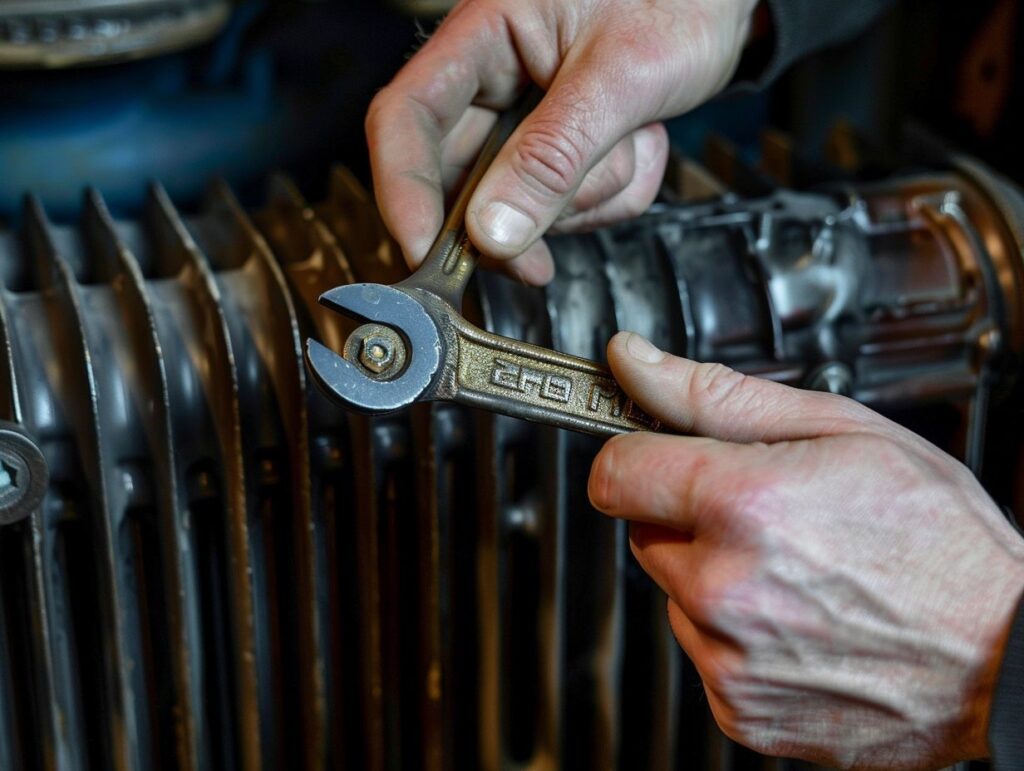Are you interested in gaining a deeper understanding of Type 11 radiators and learning how to effectively maintain them? This discussion will encompass an overview of Type 11 radiators, offer guidance on cleaning and maintenance practices, help in identifying common issues, and provide insights on determining when it may be necessary to consider a replacement.
Furthermore, we will examine the advantages of upgrading to more efficient radiators. Keep engaged to acquire comprehensive knowledge on Type 11 radiators and strategies for ensuring their optimal condition.
Key Takeaways:
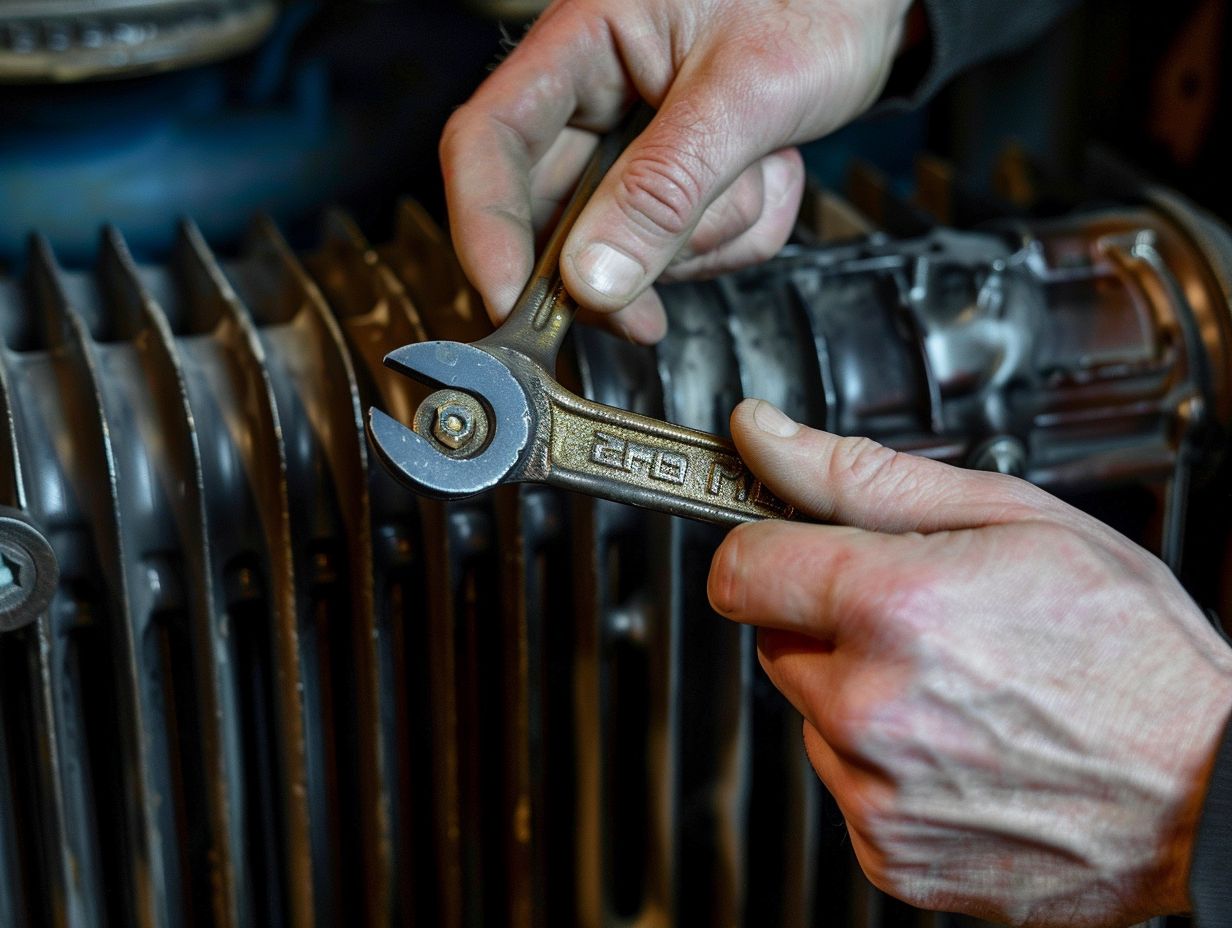
- Regular cleaning and maintenance are key to maintaining the functionality of Type 11 radiators. This includes dusting, bleeding, and checking for leaks.
- Look out for common issues such as rust, cold spots, and strange noises. These can indicate a problem with the radiator and should be addressed promptly to avoid further damage.
- Consider upgrading to more efficient radiators if your Type 11 radiator is old or constantly experiencing issues. This can help save energy and money in the long run.
Understanding Type 11 Radiators
Understanding Type 11 radiators is essential for homeowners seeking to enhance their heating systems. Type 11 radiators belong to the category of convector radiators commonly used for efficient room heating. These radiators are made with a single panel and a set of fins, making them perfect for smaller spaces where maximising heat output is crucial.
Despite their slender design, Type 11 radiators deliver impressive heat, ensuring quick and even warming of rooms. Their compact structure allows for flexible installation options, seamlessly blending into various room dimensions. Whether it’s a cosy bedroom or a spacious living area, these radiators can act as a reliable and efficient addition to any central heating system.
What are Type 11 Radiators?
Type 11 radiators are a specific type of convector radiators that consist of a single panel through which hot water passes to provide warmth to a room. They are well-known for their slim profile and high heat output, making them suitable for various heating requirements.
Their design features typically include a simple yet effective construction with a single panel and one set of convector fins. This design enables efficient heat distribution throughout the room while maintaining a sleek appearance. One of the key advantages of Type 11 radiators is their space-saving nature, making them ideal for rooms with limited wall space.
Regarding materials, they are commonly crafted from high-quality steel or aluminium, ensuring durability and optimal heat retention. Additionally, these radiators are available in a variety of colors, ranging from classic white to modern anthracite, allowing them to seamlessly blend with different room decors.
Maintaining Type 11 Radiators
Proper maintenance of Type 11 radiators is crucial to ensure optimal performance and longevity. Regular cleaning and upkeep are essential to prevent issues and maintain the efficiency of the radiators.
An important aspect of maintaining Type 11 radiators involves bleeding them regularly to eliminate air bubbles that can decrease their efficiency. To bleed a radiator, you should have a radiator key to open the bleed valve, usually positioned at the top. It is recommended to keep a cloth nearby when bleeding to catch any water drips.
Additionally, it is crucial to inspect the radiator valves and connections for any leaks. If there are any leaks present, it is necessary to tighten the connections or replace any defective parts to prevent water damage and ensure the proper operation of the radiator.
Cleaning and Maintenance Tips
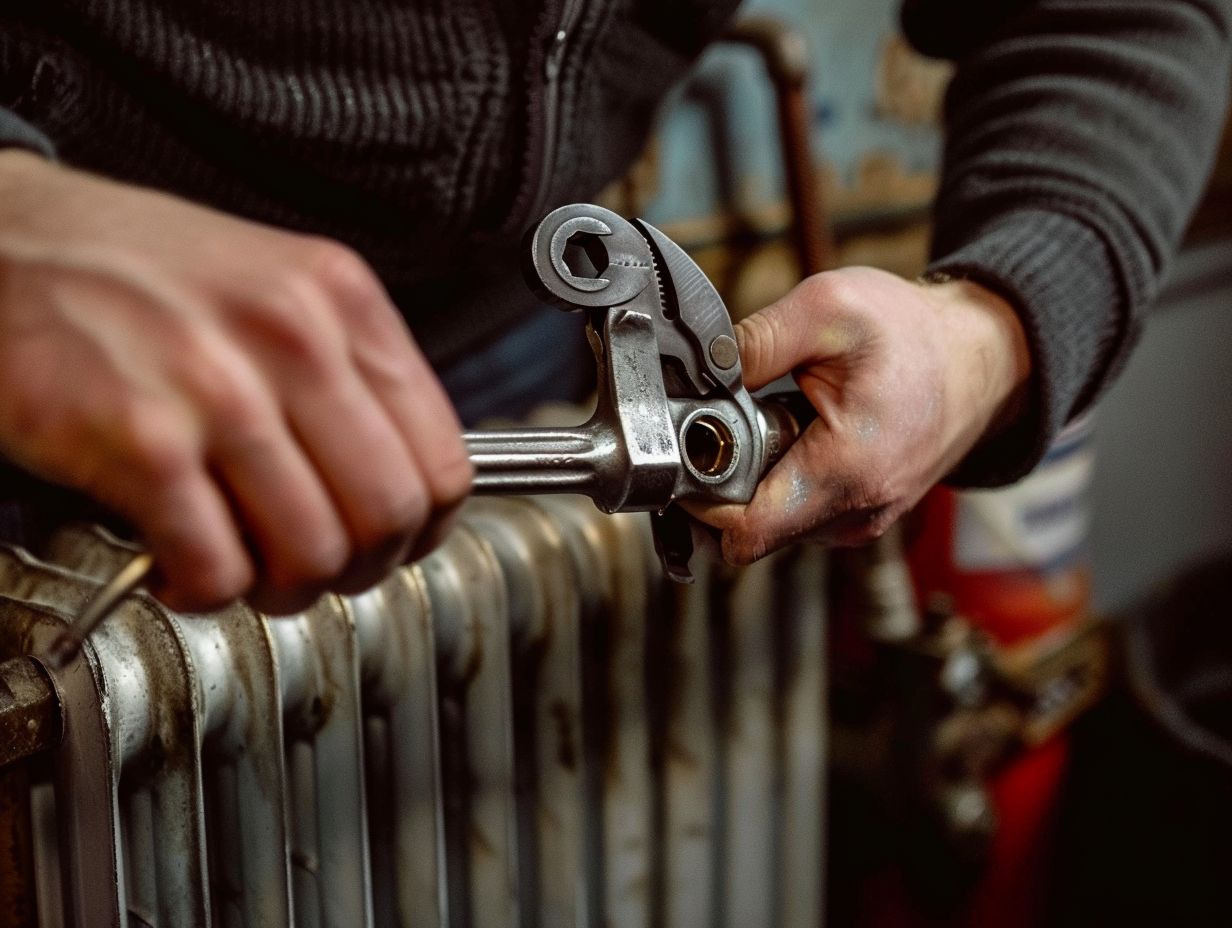
To maintain your Type 11 radiators, begin by ensuring they are free from dust and debris through regular dusting with a soft cloth. Bleeding the radiators can help release any trapped air, thereby enhancing their overall efficiency.
Subsequently, it is important to inspect the radiator valves to confirm they are functioning properly. Well-operating valves play a crucial role in controlling the flow of hot water through the radiator, thus optimising heat output.
Additionally, insulating the pipework linked to the radiator is vital to prevent heat loss. The addition of insulation aids in ensuring that the heat produced by the radiator is efficiently transmitted into the room, maximising comfort levels and potentially reducing energy expenditures.
Common Issues with Type 11 Radiators
It is crucial for you to identify and address common issues with Type 11 radiators to ensure the maintenance of a comfortable and efficient heating system. Understanding problems such as uneven heating and leaks is key to implementing timely solutions.
Cold spots on radiators are often the result of trapped air within the system, which can be released by using a radiator key to bleed the radiators. If your radiators are operating noisily, this could indicate the presence of trapped air or a build-up of debris within the system.
To troubleshoot this issue, you should first check for any visible leaks and ensure that all connections are securely tightened. If the problem persists, it is advisable to seek the expertise of a professional heating engineer for a comprehensive inspection and necessary repairs.
Identifying and Troubleshooting Problems
When facing issues with Type 11 radiators, you should start by checking for airlocks, leaks, or thermostat malfunctions. It is essential to understand the root cause of the problem to effectively troubleshoot and resolve it.
Airlocks can often be identified by gurgling sounds or inconsistent heat distribution in the radiator. Leaks might become visible as pools of water around the unit or damp patches on walls or floors.
A malfunctioning thermostat can lead to the radiator not heating up or remaining constantly on. If these issues persist following initial checks, it may be necessary to bleed the radiators or inspect for corrosion and blockages in the pipes.
Engaging in regular maintenance, such as bleeding air from the system and inspecting for leaks, can help prevent more significant issues in the future. If problems persist or appear complex, it is recommended to seek professional assistance to ensure safety and proper functioning.
Replacing Type 11 Radiators
Knowing when to replace your Type 11 radiators is essential for maintaining an efficient heating system. Factors like age, corrosion, or irreparable damage can indicate the necessity of a radiator replacement.
One of the clear indicators that it’s time to replace your radiators is a noticeable decrease in heat output, suggesting that the radiator is no longer functioning effectively. Another sign could be visible damage such as leaks, rust, or warping.
When contemplating the replacement of your radiators, it is crucial to evaluate the overall condition of your heating system and consider whether upgrading to more energy-efficient models could enhance your home.
The radiator replacement process involves draining the system, removing the old radiators, installing the new ones, and then refilling and bleeding the system to eliminate any air pockets.
Factors to consider when selecting new radiators include choosing the appropriate size for efficient heating, selecting a style that complements your interior design, and opting for high-quality materials that offer durability and longevity for your heating system.
When to Consider Replacement
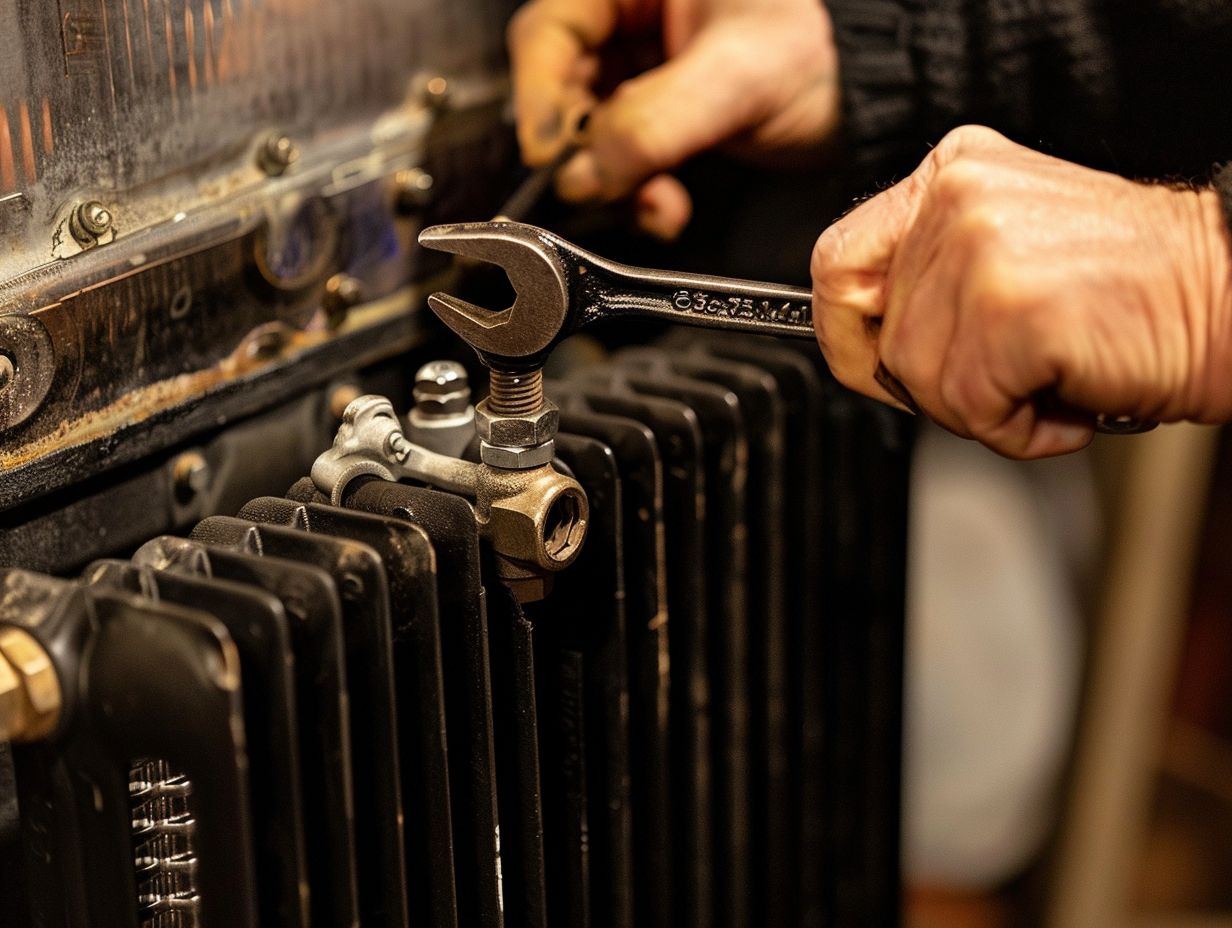
If you notice signs of rust, leaks, or ineffective heating despite maintenance efforts, you should consider replacing Type 11 radiators. Upgrading to newer and more energy-efficient models has the potential to improve heating performance significantly.
This improvement not only enhances the comfort levels in your home but can also result in long-term cost savings by reducing energy consumption.
Due to safety concerns related to corrosion or leaks in older radiators, it is crucial to replace them with modern and reliable units. Seeking guidance from professionals for the installation process ensures that the new radiators are installed correctly, optimising their efficiency and longevity.
Homeowners should also evaluate replacing their existing radiators if they are outdated and no longer meeting their heating requirements effectively.
Upgrading to More Efficient Radiators
Upgrading to more efficient radiators can enhance the overall heating performance of your home. Modern designs offer higher heat output, improved energy efficiency, and better control over room temperatures.
By investing in newer radiator models, homeowners like yourself can experience significant cost savings on their energy bills. The different types of radiators available, such as convection, electric, and panel radiators, cater to varying heating requirements.
Convection radiators are ideal for quick heat distribution, while electric radiators offer individual control for each room. Panel radiators, on the other hand, provide a sleek and modern look to complement any interior design.
Understanding the specific heating needs of different areas in your home allows for a tailored approach to upgrading radiators effectively.
Benefits and Considerations
When upgrading to more efficient radiators, you can anticipate experiencing improved heat distribution, reduced energy bills, and enhanced control over room temperatures. Factors such as room size and BTU requirements are critical considerations when choosing the appropriate radiators.
Ensuring proper sizing and installation of radiators is crucial for achieving optimal heating efficiency. By verifying that the radiators align with the BTU requirements of each room, you can prevent energy wastage and uphold consistent warmth throughout your home.
Additionally, regular maintenance tasks like bleeding the radiators to eliminate trapped air and inspecting for leaks are essential to sustain the system’s efficiency. Efficient radiators not only lead to savings in energy expenses but also create a more comfortable living environment, especially during the colder months.
Frequently Asked Questions
What is a Type 11 Radiator and why is it important to maintain it?
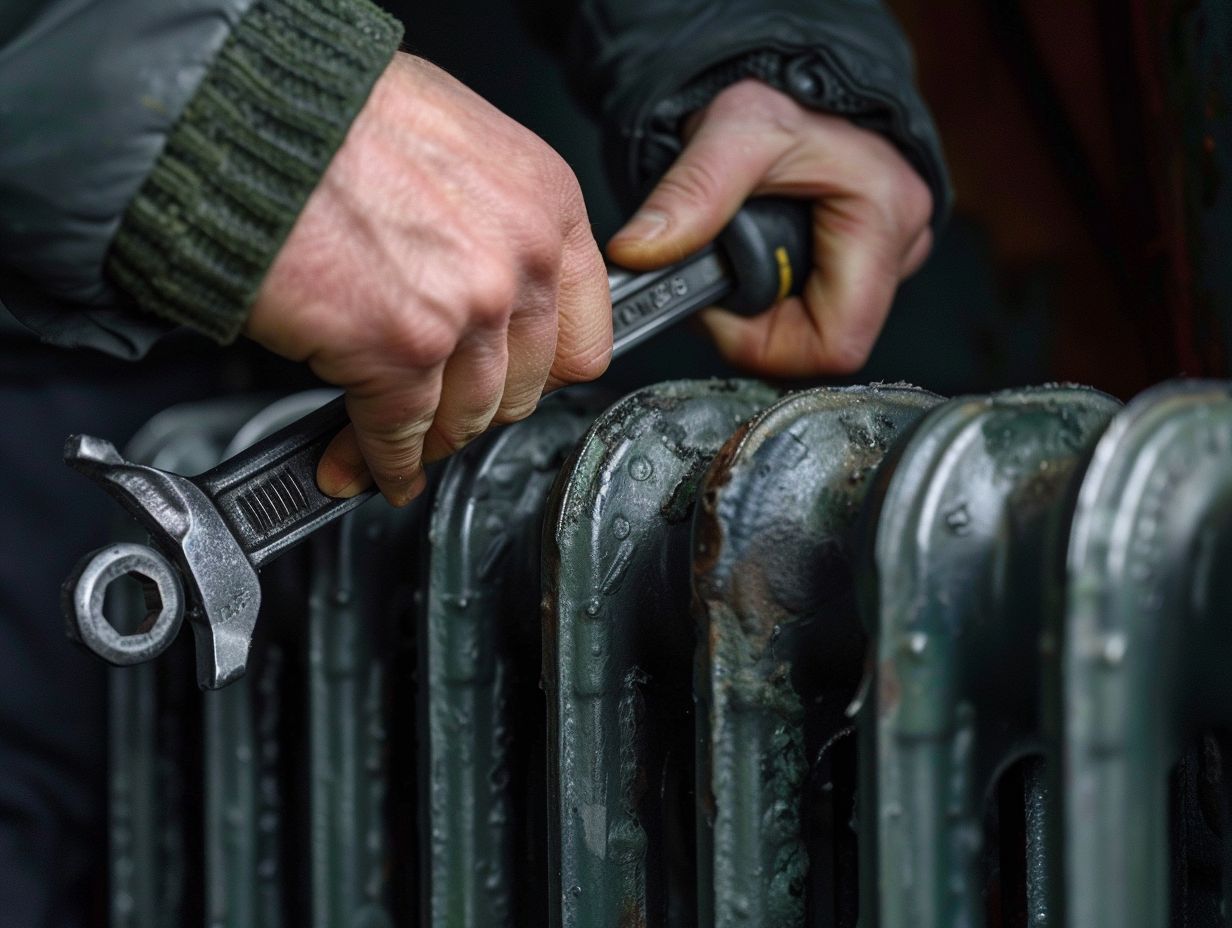
A Type 11 Radiator is a type of radiator that has one panel and one convector, making it more efficient at heating a room. It is important to maintain it in order to ensure it continues to work properly and efficiently, saving you money on energy bills.
How often should I clean my Type 11 Radiator?
It is recommended to clean your Type 11 Radiator at least once a year. However, if you notice excessive dust or dirt build-up, it is best to clean it more frequently.
What tools do I need to maintain my Type 11 Radiator?
You will need a soft cloth, a vacuum cleaner with a brush attachment, a radiator brush or duster, and a mild detergent or vinegar solution.
How do I clean my Type 11 Radiator?
Start by turning off the heating system and allowing the radiator to cool completely. Then, use the vacuum cleaner to remove any loose dirt or dust. Next, use the radiator brush or duster to remove any remaining debris. Finally, mix a mild detergent or vinegar solution with water and use the soft cloth to wipe down the radiator, being careful not to get any water near the valves.
How can I prevent my Type 11 Radiator from rusting?
One way to prevent rust is to keep the radiator clean and free of any moisture. You can also apply a rust inhibitor spray to the radiator, which can be found at most hardware stores. Additionally, make sure to check for any leaks or damage, and promptly fix them to prevent rusting.
What should I do if my Type 11 Radiator is not heating properly?
If your radiator is not heating properly, it could be due to air trapped in the system. In this case, you will need to bleed the radiator by using a radiator key to release the trapped air. If this does not solve the issue, it is best to consult a professional for further assistance.

